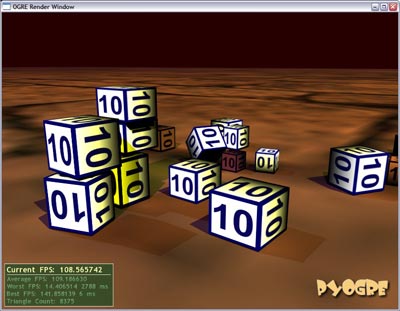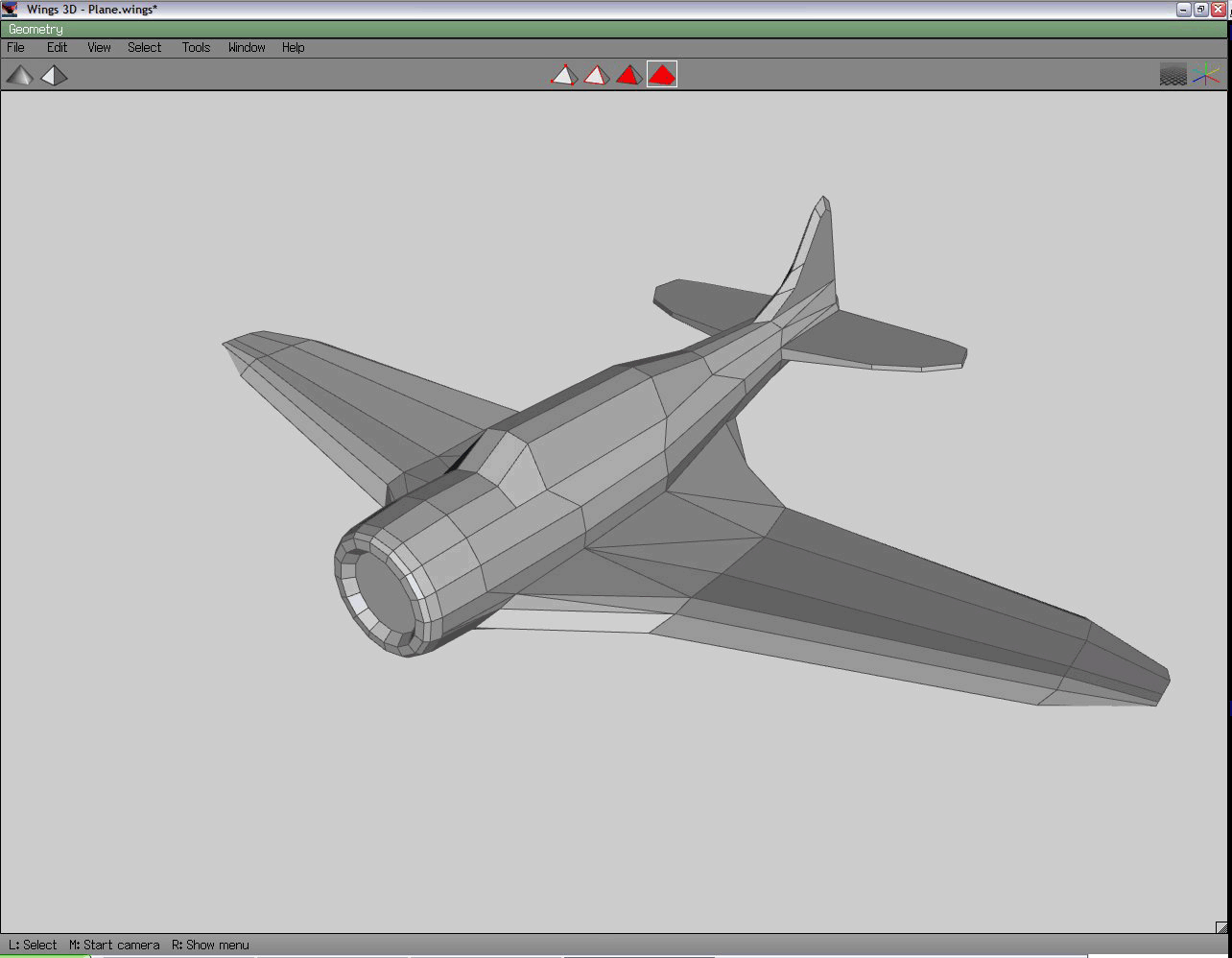A long time ago, in a galaxy not far away, I created a very small application named SaveScreen. Today I’m rather pleased to release a much-improved SaveScreen 2.
A couple of anti-virus applications complained that the .dll file distributed with SaveScreen which enabled detecting when “Print Screen” was pressed, was a virus or malware of some sort, so even I was unable to use SaveScreen, which made my cry.
Finally fed up, I set out to resolve the situation by creating a brand new application which did not rely on random keyboard hooks and stuff. The result is SaveScreen 2.
In addition to no longer being flagged as a virus, SaveScreen 2 features direct ImageShack posting (complete with automatic forum code creation and thumbnail support), and FTP uploads of screenshots. Something which may be rather handy (just don’t take a screenshot of your bank statement then complain when the whole world is exposed to it - use with care). Also, it can save screenshots in per-application folders, making organisation somewhat neater.



